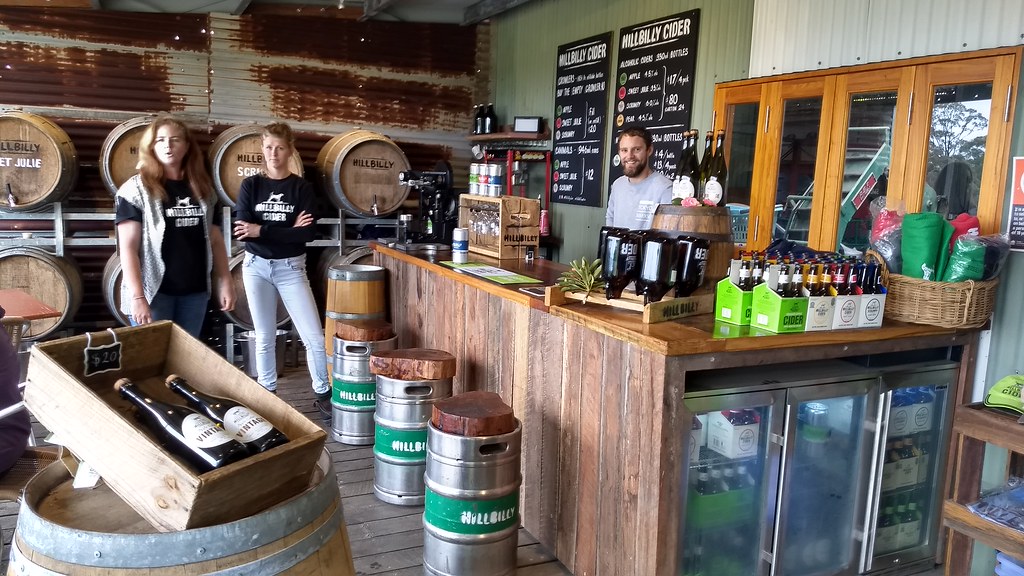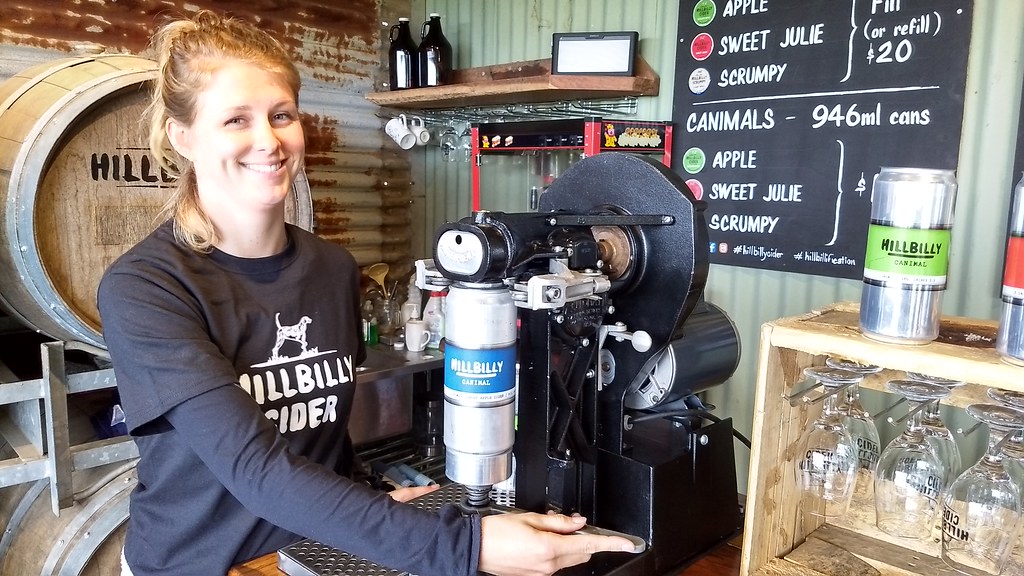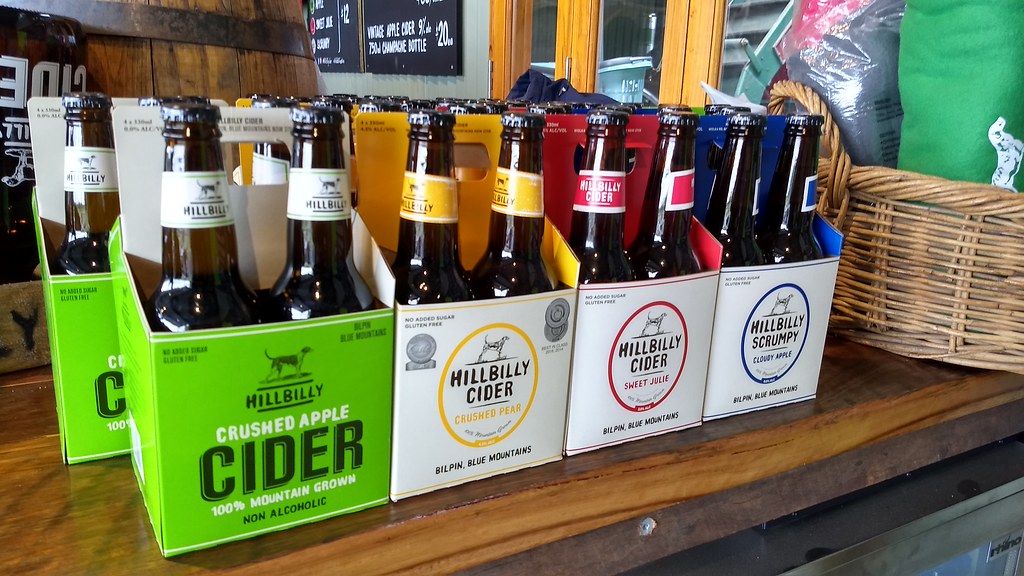Hillbillies at heart can escape the big smoke and experience nature for real at the newly opened
Hillbilly Cider Shed in the heart of Bilpin apple country.
Wend your way up the famed Bells Line of Rd and follow the comforting aroma of fermented apples into the Hillbilly Cider Shed to discover a hidden refuge of Prohibition-era speakeasy ambience overlooking a working apple orchard.
There, you can escape the foot-stomping winter chill outside and imbibe in a belly-warming mulled cider and munch on fresh salted popcorn while learning about the cidermaking process and the Hillbilly philosophy from Hillbilly Shane or Hillbetty Tessa McLaughlin themselves.
In 2007, the couple shifted to a bohemian existence on 35-acres at Bilpin, where fourth-generation farmer and Canonbah Bridge winemaker Shane set about making a cider in a cellar he dug by hand under the house.
The result? Just apples. With altitude. And a squeeze of good old Hillbilly magic.
``We don’t add sugar, we don’t pasteurise and we don’t add artificial flavours,’’ the Cider Australia treasurer says. ``We’re all about keeping it real and honest – 100 per cent crushed fruit fermented with minimal intervention for an easy bohemian bubble.’’
Dedicated Hillbillies can seek out the uninhibited honest earthiness, mountain air, memories of good times with friends and fermented fruit of Hillbilly Cider straight out of the barrels at the new cider shed.
Tasting cider straight from the barrel is but one experience available exclusively at the inner Hillbilly sanctum.
In season, pick the very apples that go into the cider.
Stock up on the new Scrumpy and Sweet Julie ciders – the ones you don’t see around too much outside the Blue Mountains and Hawkesbury, and grab new ciders the moment Hillbilly Shane releases them.
In fact, the Sweet Julie is the only cider in the world made from the Julie apple, discovered and grown at the orchard onsite and the newest apple discovered in the area since the Granny Smith 100 years ago.
Environmentally conscious cider lovers can reduce packaging purchase to zero by investing in their own 1.854lt Hillbilly Cider growler, only at the Hillbilly Cider Shed.
It’s also the only place in the country to buy a cider canimal. Filled with nearly a litre of Hillbilly liquid goodness, canimals ``are mini kegs so they’ll keep you going for a while – you won’t lose your place around the bonfire’’, Shane says.
Have your canimal filled on the spot with your choice of cider straight off the barrel and pressure sealed by the first and only canimal machine used for cider in Australia.
Hillbillies can picnic under the trees with the company of cider shed dog Star or sit on the deck and soak up the vibes of raw Hillbilly music, meaningful conversation and the nostalgic scent of crushed cider on the breeze.
After tasting the award-winning alcoholic and non-alcoholic apple and pear ciders, cleansing the palette with salted popcorn, stocking up on your chosen flavour of bottled bohemian lifestyle, be sure to proclaim your Hillbillification with pride on clothing and other items available at the cider shed.
Hillbilly Cider is also available throughout the Blue Mountains and Hawkesbury and beyond via independent bottle shops, funky bars and restaurants, or catch the Hillbillies at farmers markets and music festivals.
The Hillbilly Cider Shed, Shields Orchard, 2270 Bells Line of Rd, Bilpin, is open from 12pm to 5pm Friday and 11am to 5pm Saturday and Sunday (check website for extra open days during school holidays). Go to
hillbilly.com.au for more information.











